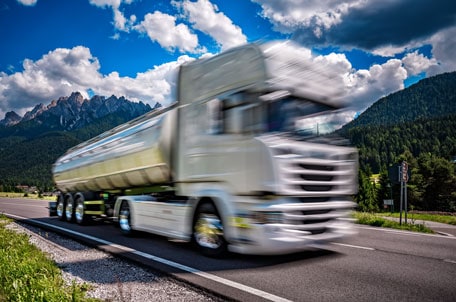So, let’s get into it. When it comes to fuel transport, there are a few things you need to keep in mind to ensure safety. First and foremost, you need to make sure that the transport vehicle is properly equipped and maintained. This includes regular inspections, maintenance, and safety checks to ensure that the vehicle is in good working condition.
Additionally, you need to make sure that the driver is properly trained and qualified to handle the transport of hazardous materials. This includes knowledge of safety procedures, handling protocols, and emergency response plans.
Another key consideration when it comes to fuel transport safety is the route taken by the transport vehicle. It’s important to choose a route that minimises the risk of accidents or incidents, such as avoiding heavily congested areas, narrow roads, and areas with high levels of pedestrian or vehicle traffic.
Once the fuel has been transported to its destination, it’s important to take the necessary precautions when it comes to on-site refuelling. This includes proper grounding of the fuel tank and ensuring that all safety procedures are followed, such as turning off all ignition sources and ensuring that there are no open flames or sparks nearby.
It’s also important to make sure that the fuel tank is properly labelled and that all safety equipment, such as fire extinguishers, is readily available in case of an emergency. This will help to minimise the risk of accidents and ensure that any incidents are quickly and effectively contained.
In addition to these safety measures, there are a few other things you can do to ensure that fuel transport and on-site refuelling are as safe as possible. For example, it’s important to make sure that all personnel involved in these processes are properly trained and equipped to handle hazardous materials. This includes knowledge of safety procedures, emergency response plans, and proper use of safety equipment.
It’s also important to make sure that all equipment used in fuel transport and on-site refuelling is properly maintained and regularly inspected to ensure that it is in good working condition. This includes vehicles, pumps, hoses, and other equipment used in the process.
So, my friends, there you have it. Fuel transport and on-site refuelling safety is a critical aspect of our modern world, and it’s important that we take it seriously. By following these safety recommendations and taking the necessary precautions, we can ensure that fuel transport and on-site refuelling are as safe as possible for everyone involved.
Remember, safety always comes first, and it’s up to each and every one of us to do our part to ensure that hazardous materials are handled properly and responsibly. So, be safe out there, my friends, and remember to always prioritise safety above all else.
Cheers,

![]()






